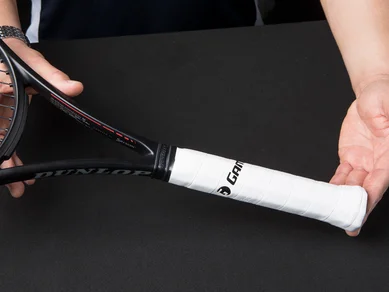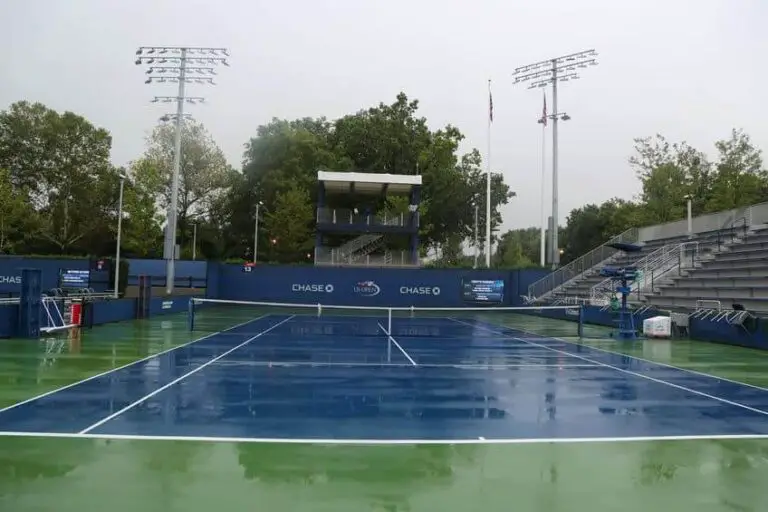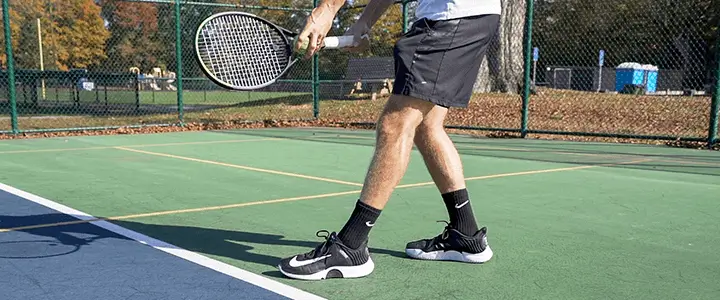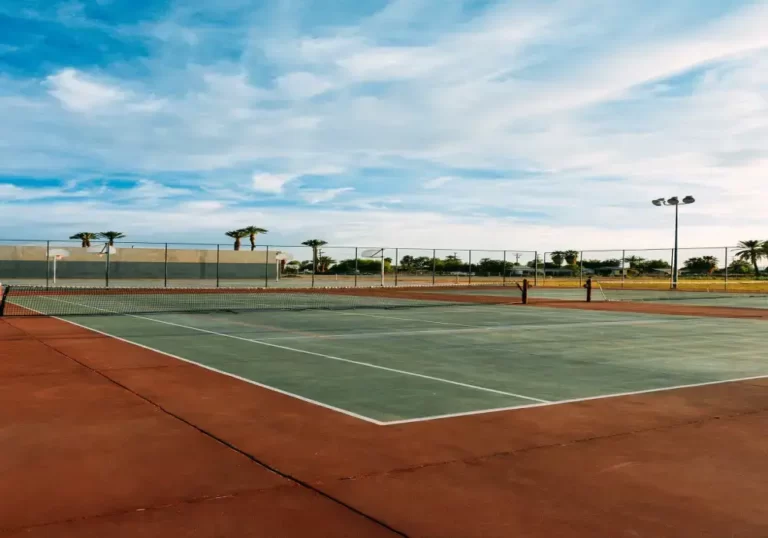When Is A Ball Out In Tennis? ( IMP FAQs Answered )
Determining whether a ball is “in” or “out” is crucial in tennis. A point or match’s result can significantly influence whether a ball is in play or out of bounds. To make correct line calls and maintain fair play, players must understand when a ball is considered to be out.
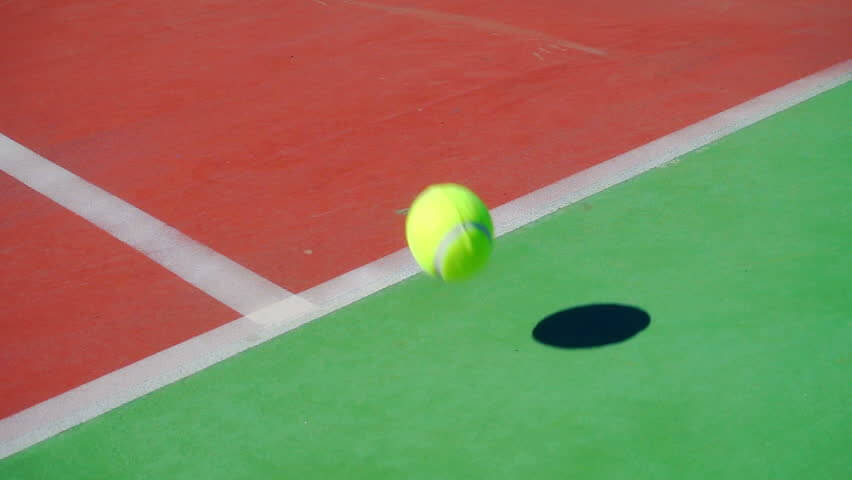
The essential rules and regulations that control this part of the game of tennis will be highlighted in this article, which will summarize when a ball is declared out.
By clarifying these rules, players can enhance their understanding of the boundaries and improve their decision-making on the court.
A tennis ball is “out” when it touches the ground outside the court’s perimeter. The specific guidelines for deciding whether a ball is out vary based on the kind of shot being taken and the particular match conditions.
The following are some general principles are:
Baseline Shots:
When the ball is struck from the baseline (the back of the court), it is considered out if it lands outside the court, past the outer boundary lines. The ball must contact the court inside the borders to be deemed in.
Sideline Shots:
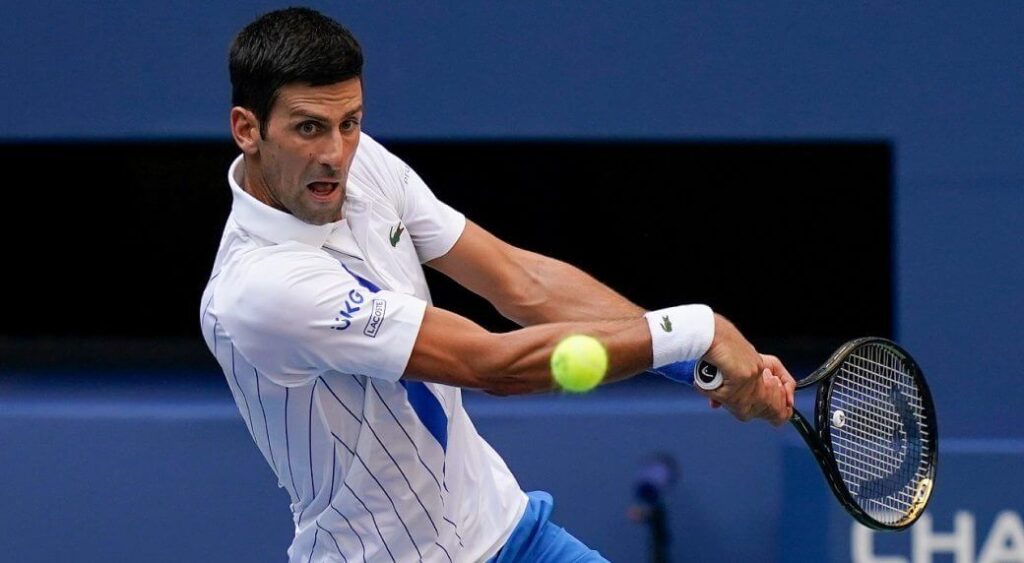
The ball is deemed out if it touches the ground outside the singles sideline (also known as the side boundary lines) without first contacting the court. However, the ball is considered In if it hits any portion of the singles or doubles sidelines before going out.
Service Shots:
When serving, the ball must land on the other side of the net in the singles or doubles service box that is diagonally opposite.
The ball is considered out if it lands outside the service box. A “let” occurs when the ball strikes the net and lands in the appropriate service box, giving the server another opportunity to serve.
Backboard or Permanent Fixtures:
Before landing, the ball is considered out if it strikes any stationary object (such as a fence, net post, or backboard).
Note:
It’s vital to remember that line judges frequently decide whether a ball is in or out during professional tennis matches. However, in casual or lower-level games, participants can call their lines and rely on the honor code.
The use of technology like Hawk-Eye, which provides a more exact and accurate judgment of whether the ball was in or out, may occasionally be requested by players.
What Are The Lines On A Tennis Court?
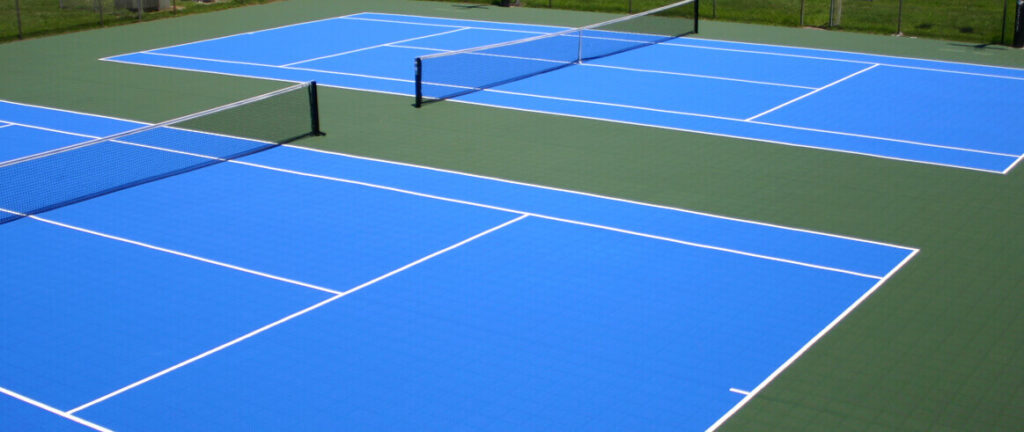
A tennis court’s lines outline the region where the ball may land during a point. The service box designates where a serve must land, while the singles and doubles sidelines mark the outer boundary of the court.
The baseline designates how far back a ball can travel. Multiple lines denote the borders and designated play areas on a tennis court. On a tennis court, you will often see the following lines:
Baseline:
The baseline, which designates the back limit of the court, runs parallel to the net. It is the furthest away from the net.
Singles Sidelines:
For singles play, the side limits of the court are indicated by lines parallel to the net. The singles sidelines are three feet (0.914 meters) from the court’s outer margins.
Doubles Sidelines:
For doubles play, the side limits of the court are indicated by these lines, which are parallel to the net. The double sides are 4.5 feet (1.37 meters) from the court’s outer boundaries.
Service Lines:
The service lines are parallel to the net between the singles and doubles sidelines. They designate the space that players must occupy when serving. The service line is about 6.4 meters (21 feet) from the net.
Center Service Line:
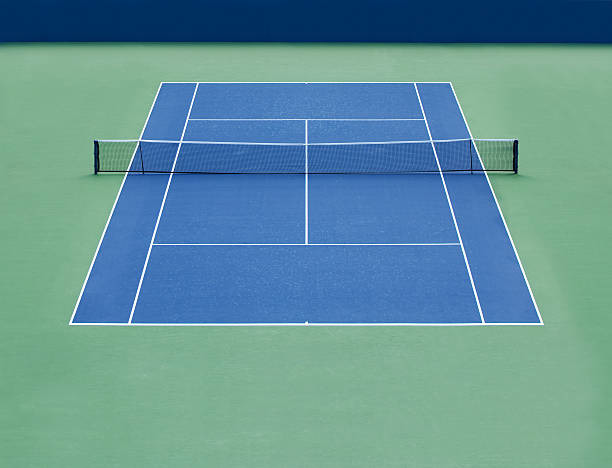
The court is divided into two halves by the centre service line, which runs perpendicular to the net. It divides the service boxes when serving in doubles matches and crosses the baseline in the middle.
Center Mark:
The centre of the court is marked by the centre mark, a thin line, or a T-shaped marking on the baseline. This rule is employed to decide who or which team serves first after the coin toss.
Alley:
The space in between the singles and doubles sidelines is referred to as the alley doubles alley or tramlines. Only doubles matches use it to increase the court’s width.
Who Calls the Ball Out?
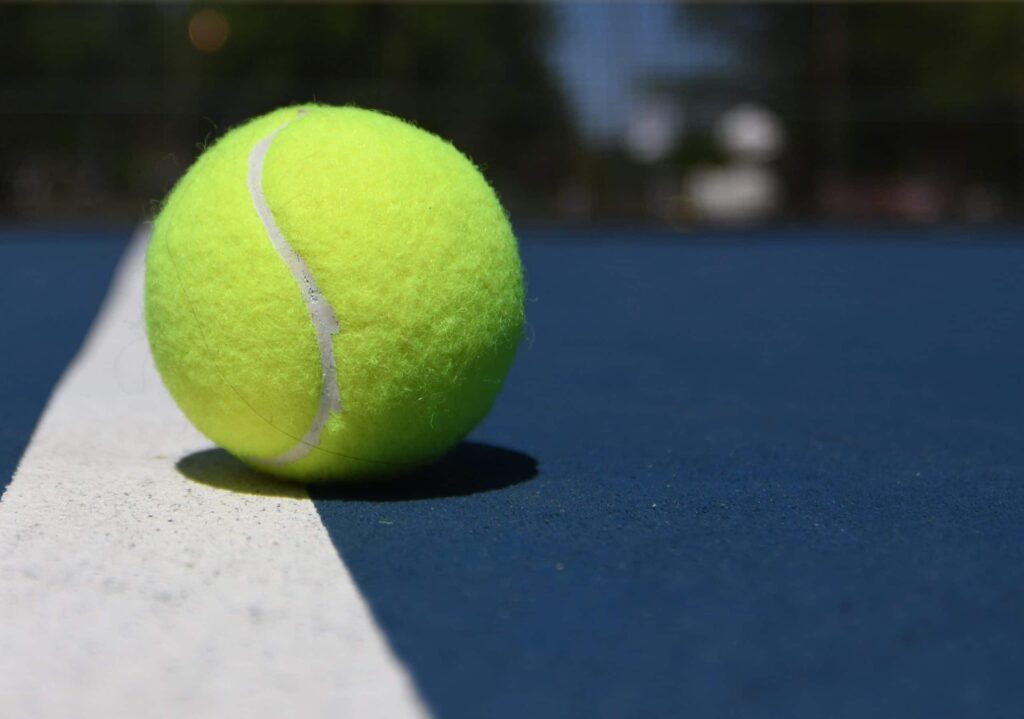
In tennis, the player hitting the shot calls the ball out. The player who strikes the ball is best positioned to determine where it lands and whether it is inside or outside the court’s limits.
Based on their assessment of where the ball will fall, players are supposed to make their own line decisions. As soon as the ball bounces and before the opposition has a chance to return it, they should make the decision.
The player may use “in” or “out” or a distinct gesture to indicate whether they believe the ball is in or out.
Line judges are also present to help with line calls during professional tennis matches. Their responsibility is to assist the players by objectively determining whether the ball is in or out. Players who question a line judge’s decision can request a review with more precise results utilizing equipment like Hawk-Eye.
However, there could not be line judges or technology available in amateur or recreational competitions. Players trust one another to call lines fairly and accurately and rely on the honor system. Fair play in these circumstances depends on good sportsmanship and honesty.
Can You Call A Ball Out After You Hit It In Tennis?
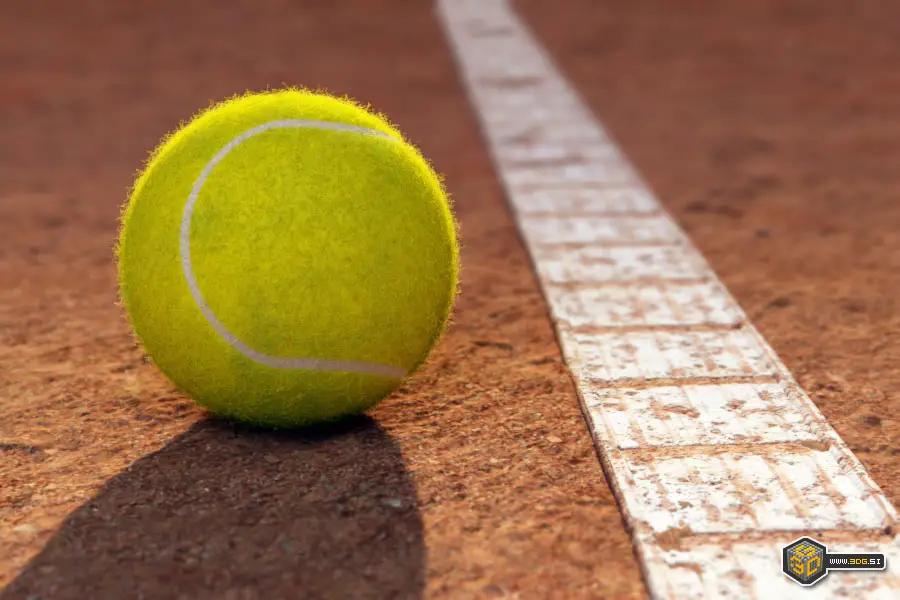
A tennis player must observe space between the spot where the ball hits and a line before they may declare a ball out. In tennis, it’s customary for players to declare whether they think the ball was in or out right away after striking it.
A player cannot reverse their decision once it is made and regarded as final. As a result, after hitting the ball, you must decide honestly and clearly whether it landed in or out and make the right call.
However, there are times when players may change their decision if they discover they were wrong before the opposing team smashes the ball or the following point starts. This usually happens when a player realizes they made an incorrect decision because of low visibility or uncertainty.
Correcting the call and playing the point appropriately are seen as excellent sportsmanship in these circumstances.
Note:
It’s important to remember that in professional tennis, when there are line judges and equipment like Hawk-Eye, the players’ calls are not considered when determining whether a ball is in or out. As opposed to that, the authorities or technology determine the precision of shots.
Can You Call A Ball Out Before It Hits The Ground?
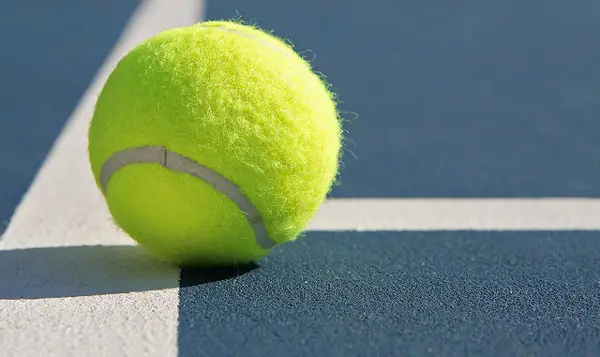
Yes, you can declare a ball out in tennis before it touches the ground if you are sure it will land outside the court’s perimeter. You can declare “out” or make an apparent motion to convey your decision if you see the ball approaching you and are confident it will go out.
It’s crucial to remember that it can occasionally be challenging to predict where the ball will land, especially if it’s traveling quickly or if your perspective is obstructed.
It is advised to give the other team the benefit of the doubt and play the ball as though it were in instances of dispute or disagreement. On the tennis court, this encourages sportsmanship and fair play.
FAQs
Can I call a ball out if I’m not sure where it landed?
It is best to give the benefit of the doubt to your opponent and play the ball as if it were in. If you’re unsure, it’s better to err on the side of fairness and continue the point.
What if my opponent disagrees with my out call?
In non-professional matches, disputes over line calls are usually resolved through discussion and mutual agreement. If a resolution cannot be reached, it’s advisable to replay the point.
Can I change my call after making it?
Once you make a call, it is generally considered final and cannot be changed. However, if you realize you made an incorrect call before your opponent hits the ball or before the next point begins, it is good sportsmanship to correct the call.
What happens if the ball is called out but actually landed in?
If the ball is called out, it is considered out, regardless of its actual landing. However, in professional matches with line judges or technology like Hawk-Eye, the accurate determination is made by the officials or technology.
Can I request a review if I disagree with a line judge’s call?
In professional matches with technology like Hawk-Eye, players can challenge the call and request a review. However, in non-professional matches, where there are no line judges or technology, the players’ judgment stands.
Conclusion:
In tennis, it is typically the player making the shot who calls a ball out. Based on where you anticipate the ball to land, you should act immediately and confidently.
Good sportsmanship, fairness, and honesty are required for the game to remain fair and honest. In competitive matches, line judges and technology offer further support, but players rely on the honor code and mutual faith for each other’s line calls in amateur competitions.
A positive and enjoyable tennis experience depends on clear communication and respect for the opponent’s judgment.
Source:
- https://tt.tennis-warehouse.com/index.php?threads/what-is-the-ruling-on-calling-a-ball-out-before-it-hits-the-ground.160334/
- https://www.quora.com/In-tennis-how-long-do-you-have-to-call-the-ball-out-after-it-lands-1
- https://www.quora.com/What-determines-a-ball-to-be-out-in-tennis
- https://alvin-almazov.com/tennis-eng/out-ball/
Related Posts
Tennis Vs. Volleyball – A Detailed Analysis Of Both Sports
How Long Does It Take To Restring A Tennis Racket?
What Is An Unforced Error In Tennis?


